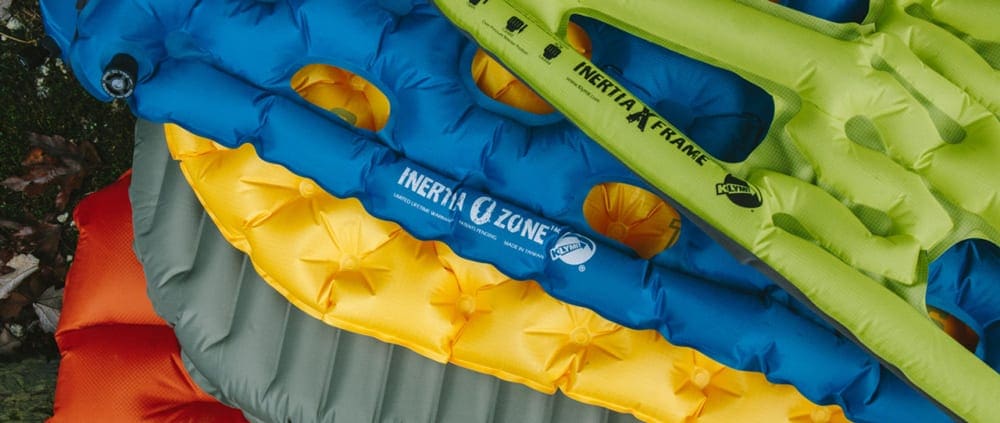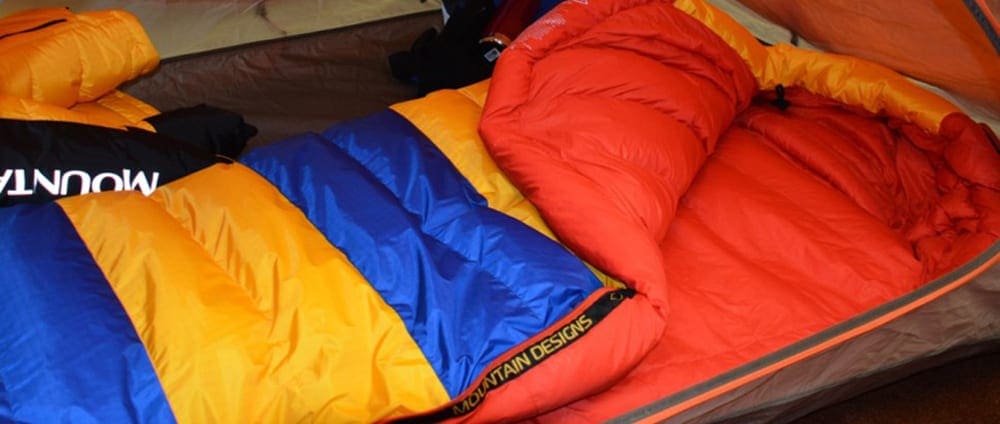Layering for hiking
Layering clothing is crucial for the comfort and protection of any adventurer. Each layer has a function to maximise your comfort in the outdoors. This simple concept allows you to make quick adjustments based on your activity level and changes in the weather. Call it an art or call it science, when the cold weather rolls in you’ll be glad you learnt how to do it right.
Before we get into the finer details, let’s break the layering system down. The base layer manages moisture; the mid layer protects you from the cold and allows your skin to breathe; the outer layer shields you from wind and rain. When the weather changes, you simply add or subtract layers as needed.
Base layer
This is the layer closest to your body and manages moisture and heat. This layer usually allows for freedom of movement whilst also retaining your body heat to keep you warm and toasty. The material of this layer avoids remaining damp and instead is extremely breathable with quick moisture evaporation. Depending on the location and expected temperature, you can opt for a singlet top or a long sleeved top for extra warmth.
Mid layer
This is the second layer of clothing and is specifically used for protecting against the wind and keeping you nice and dry throughout the adventure. It should comfortably fit over your first base layer and allow for relatively easy movement. Middle layers should be made of material that is moisture wicking and breathable, whilst still providing a barrier against the harsh wind. Stopping at this layer is great for warmer climates.
Outer layer
The final layer acts as a shield to natural elements like rain and wind. It should fit comfortably over both the base and middle layers without being overly large. To maximise comfort and wind resistance, look for an outer layer with an elastic or corded bottom to keep the wind out.
Three key elements of outdoor comfort
Before purchasing your layers, keep in mind a couple of key elements that will make a big difference.
- Be weight conscious: Ensure you choose items that are lightweight. You will be lugging your clothes around with you at all times, so be sure they don’t weigh you down too much.
- Integrated fit. Make sure your entire layering system is designed to integrate and allow dynamic movement, even when wearing many layers. Always try on the full system.
- Finally, comfort is key. Make sure all items are comfortable and promise to do exactly what you expect them to do.
To maximise comfort and stay outdoors for longer, master the art of layering with our 3-layer approach. You’ll be surprised how much of a difference it makes.
Contributed by: Mountain Designs





